
At first glance, the new Syncros Silverton SL wheelset looks like something from the future. Or perhaps, something from the weird world of road biking. But it turns out this one-piece carbon wheelset is designed specifically for mountain bikers, especially those in a hurry to cross the finish line.
Essentially, the Silverton SL wheelset fuses a carbon rim with carbon spokes connected to a carbon hub shell. The one-piece design allows Syncros to do interesting things like having a single spoke run from rim to rim, and carbon fibers that are woven together where spokes cross. Each part of the design has been highly optimized, from the number of spokes (20) to the rim profile and even the shape of the spoke ends where they are bonded to the rim.
The upshot to all this engineering and design is the wheels are twice as torsionally stiff and 30% more laterally stiff than enve m50 and DT Swiss XRC 1200 wheels. Not only that, the entire wheelset (front and back wheels) weighs just 1250g. Stiffness, paired with light weight, should translate into excellent power transmission, improved acceleration, and better cornering and steering precision. The maximum system weight (rider + bike) for the Silverton SL wheelset is capped at 130kg (about 286lbs.).
Make no mistake, this mountain bike wheelset is made for racing, XC racing to be precise. Syncros claims the Silverton SL is “simply the fastest XC wheelset in mountain biking” and with sponsored riders like Nino Schurter set to race on these wheels, it probably won’t be long before that claim is fully substantiated.

To make the Silverton SL wheelset a reality, Syncros had to design a mold and layup system unlike anything that has been seen before. The company finally settled on an 8-piece mold system, down from 20+ pieces.
Well, this is all well and good, but armchair engineers want to know: what about broken spokes? To the rider who asks this question, this is not the wheelset for you. If it’s any comfort, carbon offers added strength over traditional materials and is therefore less likely to fail. That’s not to say a stick through the spokes won’t cause damage this wheelset just like any other, but this is a race product after all, and is designed for athletes riding at the highest levels of our sport. Syncros does offer a 2-year manufacturer’s warranty, and a three-year crash replacement program on the Silverton SL wheels.
All this high tech design, engineering, and material doesn’t come cheap, with the wheelset priced at $3,499. The Silverton SL wheels should be available September 2018 and will be specced on high-end Scott Scale and Spark mountain bikes.
One-piece Handlebar and Stem Combo
The Syncros Hixon SL IC is a one-piece carbon handlebar and stem that weighs as little as 220g, down from 290g for the original Hixon IC. Like the Silverton SL wheels, continuous carbon fibers are woven together and molded into a single piece, cutting down on weight and adding strength and stiffness over a traditional bar plus stem combination.
[see_also id=’217318′]
The Hixon is offered in various effective stem lengths, and there is even a special edition Nino Schurter Hixon with a negative stem angle for those who like to get super aero. Pricing is set at $329 for the regular version, and $429 for the special edition Nino bars. A GPS mount adapter makes it possible to mount a GPS on the non-standard stem cap as shown above.

















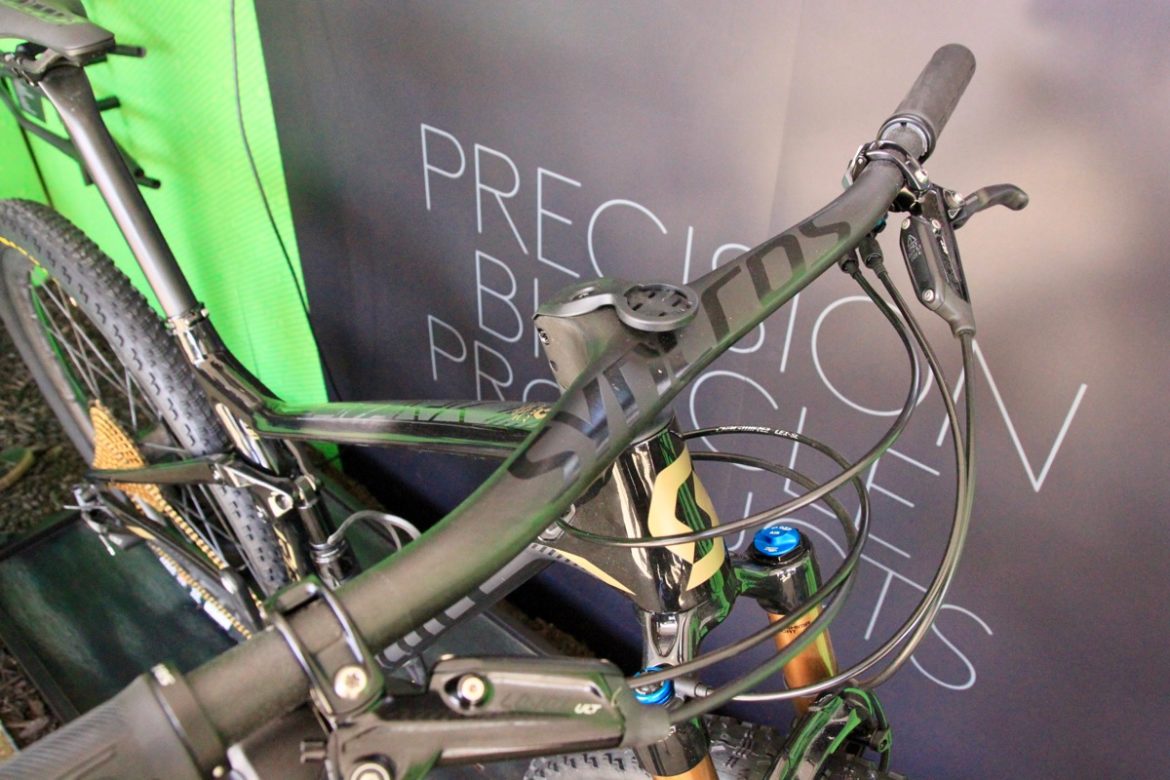



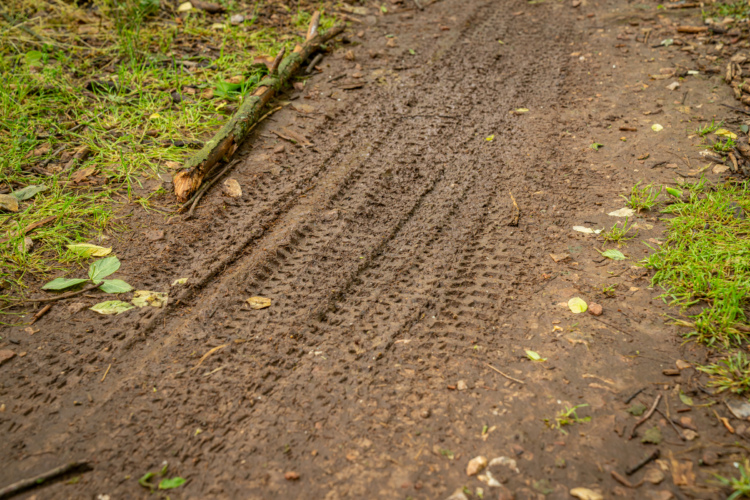
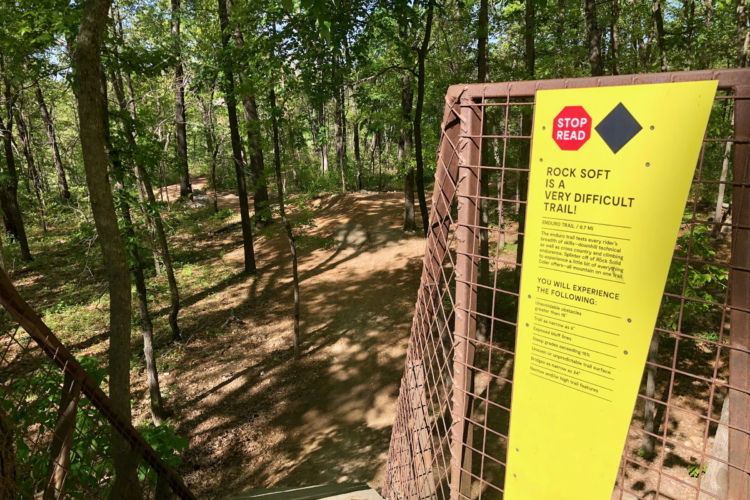
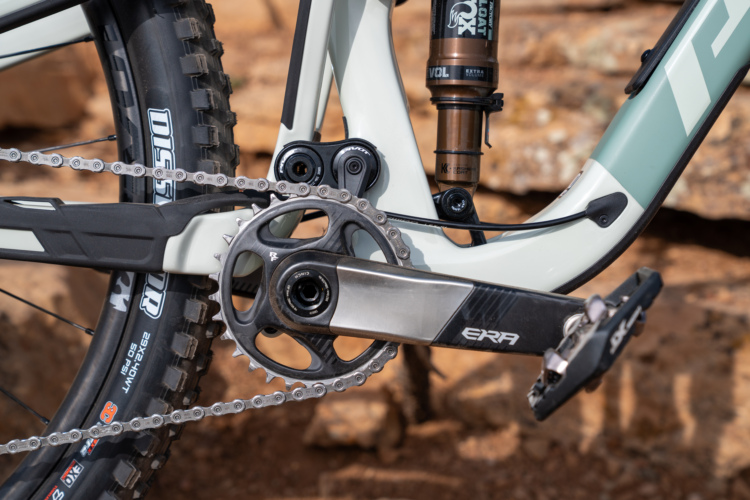
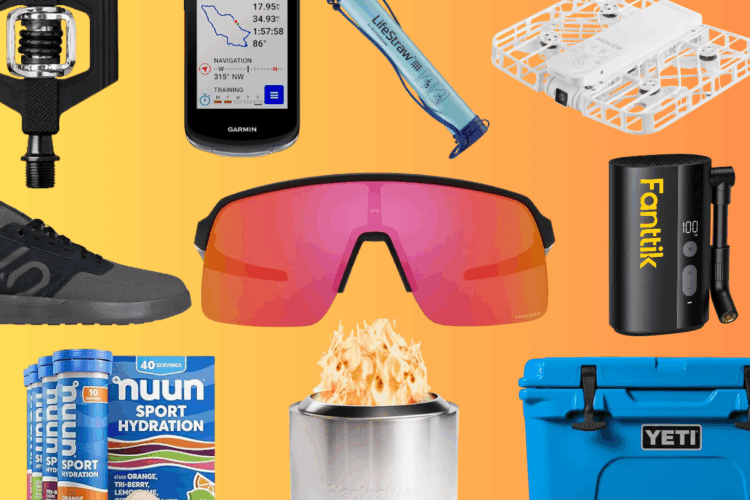

6 Comments
Apr 23, 2018
Apr 26, 2018
Apr 23, 2018
I am not suggesting those are actually better designs but rather curious what factors lead to looking like every other wheel available.
Apr 23, 2018
Apr 23, 2018
Apr 23, 2018
That being said, Syncros did concede design played a role as well. For example, engineers pushed for simple, straight lines while the product designers asked to soften the look a bit.